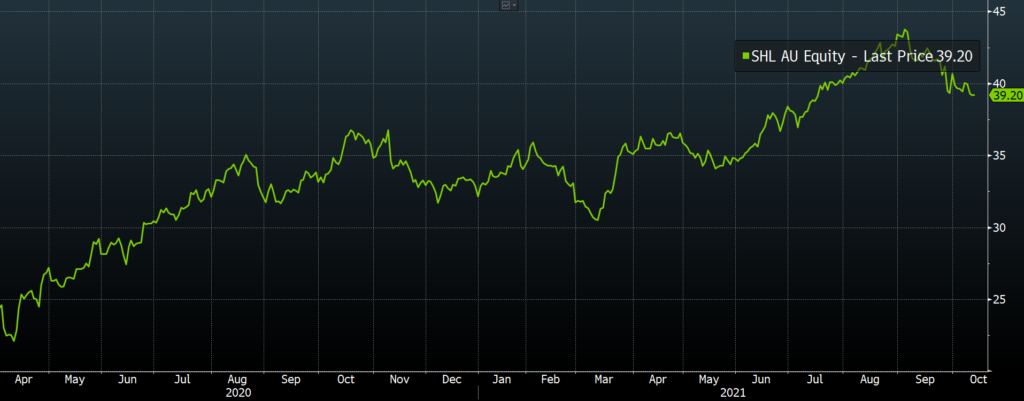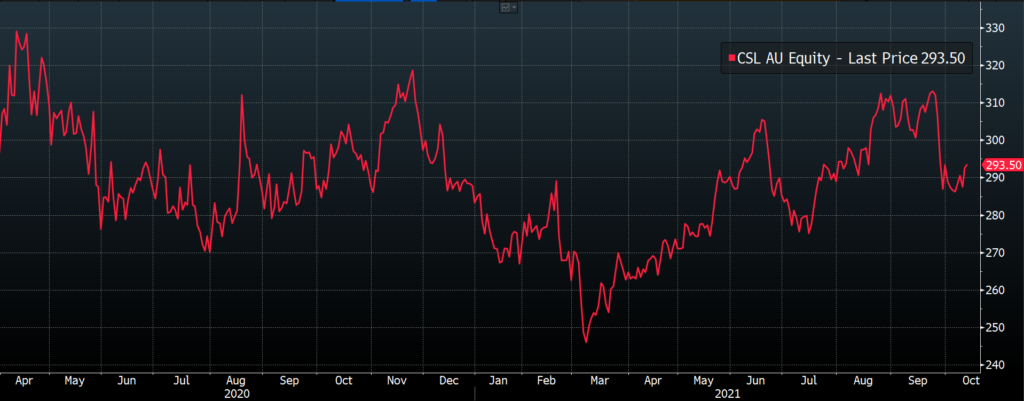COVID-19 can be viewed as one of the largest points of inflection in our modern society – where there has been a significant shift in thinking towards a greater prioritisation of one’s health.
The pandemic has taught us how vulnerable we can be and has led to the adoption of healthier lifestyle choices, and the practice of good hygiene.
This may have involved getting in some extra exercise, having a healthier diet, or even simply getting into the habit to sanitise and wash your hands thoroughly and regularly.
A question which has constantly been thrown around is “when will we get back to normal?”.
The reality is that we may never get back to “normal” – which we can define as our lifestyles pre-2020.
We will have to wear masks and receive vaccinations for the years to come, and the emotional traumas will likely stay for an even longer time – I think it will be a number of years until we can all sit in an aeroplane and feel safe.
Whilst these circumstances may be less than optimal – certain industries like healthcare will benefit.
So as the topic of today’s note, we will go through the 3 largest listed companies within the Australian healthcare sector and the effect which domestic re-opening will have on their future prospects.
This is the third note within our re-opening series, where we have previously discussed:
Ramsay Health Care (ASX: RHC) – Strong Tailwinds Pushing Elective Surgery
Ramsay Health Care is the largest operator of private hospitals in Australia and has a hospital network spanning 10 countries, and over 500 locations.
Chart 1: ASX: RHC since 31 March 2020

Source: Bloomberg
The re-opening story for Ramsay is simple and comes in three parts.
Firstly, Sydney and Melbourne have had bans in place on non-urgent elective surgeries, where restrictions were removed in Greater Sydney last Tuesday, and should be removed in Melbourne in the coming weeks as restrictions are eased.
Given the backlog of patients, Ramsay should expect an uptick in demand, which should subsequently be reflected in their bottom line.
Secondly, should hospital admissions from COVID-19 remain relatively high, private hospitals will receive a greater share of total surgeries.
This trend has been on display in the U.K, where 56% of the surgeries performed in August were at private hospitals, compared to 40% back in the August 2019.
Ramsay should benefit from this trend within their UK operations, however, whether or not this trend makes its way over to Australia will largely be determined by inoculation rates and the success of our re-opening strategies.
The final element of Ramsay’s reopening story is the increase in money allocated towards private health insurance, where the number of people insured by hospital cover has increased by 2.2% over the past year (APRA 2021). This move comes in line with the enhanced prioritisation people have placed on personal health and should continue to play a role going forward into the future.
Sonic Healthcare (ASX: SHL) – Heavy Demand For Testing During the Pandemic
Sonic Healthcare is an Australian company which provides laboratory, pathology, and radiology services.
The stock has performed well over the past year and a half, given its role in providing COVID-19 PCR testing primarily within Australia, Germany, and the U.S.
Chart 2: ASX: SHL since 31 March 2020

Source: Bloomberg
Since the beginning of the pandemic, Sonic has conducted more than 30 million PCR tests, and over 2 million COVID serology tests (Sonic Annual Report 2021).
COVID testing alone contributed 26% of FY21 revenue, with this figure set to drop down to ~19% in FY22 (JP Morgan 2021).
For the coming years, the role of PCR testing will likely go one of three ways:
- PCR testing maintains its importance as the removal of restrictions leads to more people entering environments where they are susceptible to contracting COVID-19
- PCR testing loses its importance as rapid antigen testing kits are approved, and become effective enough to be used widely as an alternative to PCR testing
- Testing across both PCR and rapid antigen kits decline, as herd immunity develops, and society becomes comfortable with “living with COVID”
Out of the three scenarios, the first is most likely – given PCR testing is currently the “gold standard” of COVID-19 tests.
Current forms of rapid antigen testing are less sensitive and aren’t suitable as a replacement to PCR testing when an accurate diagnosis is required.
PCR testing volumes will likely decline over the coming years, nevertheless, volumes of serology tests could increase – these tests detect levels of antibodies within serum/plasma components of your blood.
These tests should play an instrumental role in the timing of booster shots – given the efficacy of COVID-19 vaccines will decline in the months following your shot.
Whilst PCR testing will offer short-medium term revenue boosts, further value lies within the long-term expansion plans which Sonic intends to fund using these cash flows.
Sonic have already acquired Canberra Imaging Group, which will enable the development of their domestic imaging division.
Plans to expand in international markets have also been flagged, with Sonic estimated to have ~1.5bn of cash on hand at the end of FY22. (JP Morgan 2021)
CSL (ASX: CSL) – Plasma Collections Set to Recover as Economies Re-Open
The CSL re-opening story comes down to plasma collection – as restrictions are eased, and people become more comfortable with venturing outdoors, plasma collections will increase, and earnings will recover.
CSL has experienced a tough 18 months since the onset of COVID-19, with its plasma division accounting for the majority of the underperformance – with this division making up ~85% of revenue.
Chart 3: ASX: CSL since 31 March 2020

Source: Bloomberg
The business model within the plasma division is simple – CSL collects human plasma, and extracts products and by-products from this plasma.
It is the largest collector of plasma in the world and is one of the most efficient when it comes to the amount of yield they can generate from plasma.
This level of efficiency is a result of significant amounts of investment into R&D – a competitive advantage which CSL should enjoy into the foreseeable future.
However, CSL’s prowess is useless without having sufficient inventories of plasma – which has been in short supply given government-imposed restrictions.
Since the removal of restrictions in the US and in Europe, plasma collection has already begun trending upwards, where total collections are expected to surpass pre-pandemic levels before the end of 2021.
Though it must be noted that there is a 6-month lead time from collecting plasma, until the finished product, so the majority of the benefit will likely be reflected in FY2023 earnings.
Health is Wealth
The Australian nation that is re-opening is a nation that is significantly different to the one we knew, before the COVID-19 pandemic.
We care more about our own health – which is reflected through our consumption habits and how we conduct ourselves on a day-to-day basis.
For years to come, we will be forced to wear masks, get vaccinated, and to get tested if we show symptoms similar to that of COVID-19.
Whilst this is not an optimal outcome, it is the “new normal” – and will assist many companies within our healthcare sector.
These changes will open new opportunities, but also enable companies to return to the path well worn.
The views expressed in this article are the views of the stated author as at the date published and are subject to change based on markets and other conditions. Past performance is not a reliable indicator of future performance. Mason Stevens is only providing general advice in providing this information. You should consider this information, along with all your other investments and strategies when assessing the appropriateness of the information to your individual circumstances. Mason Stevens and its associates and their respective directors and other staff each declare that they may hold interests in securities and/or earn fees or other benefits from transactions arising as a result of information contained in this article.



